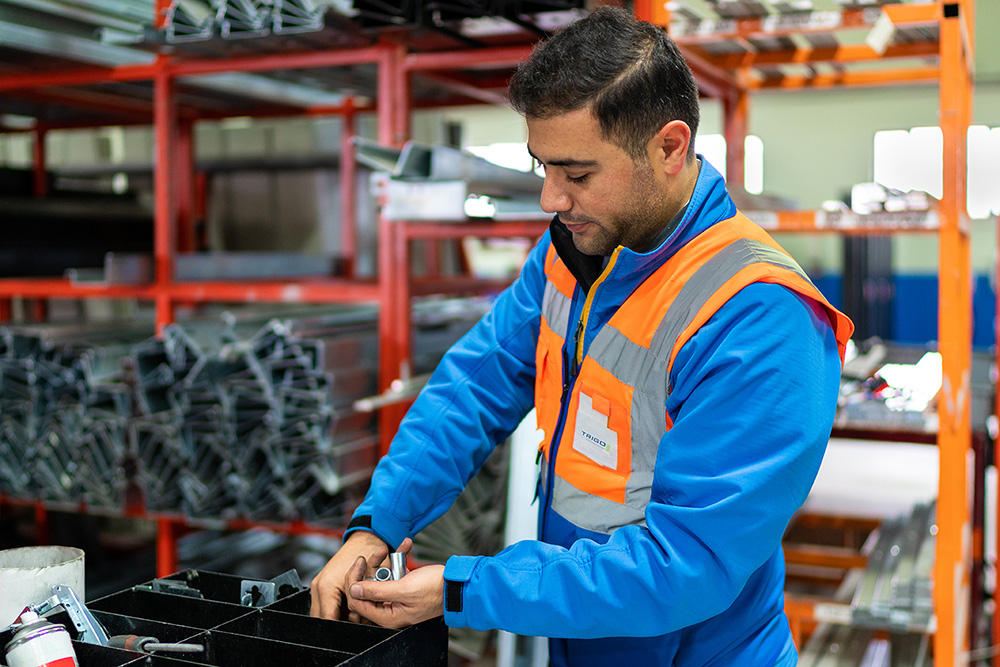
There is no question Mexico is fast becoming a global leader in light vehicle production. But there are significant challenges that, if ignored, could hamper that continued growth and development if industry leaders and investors overlook essential infrastructure that underpins all manufacturing, namely skill shortage and the provision of energy.
Painting the true picture, vehicle production and associated on-or-near shoring of requisite components is a key driver behind Mexico’s economic recovery following the global pandemic.
In support of this statement, it is prudent to highlight the country’s position on the global plinth as the world’s seventh largest global passenger vehicle manufacturer with approximately 3.3 million vehicles produced in 2022, a figure that’s projected to rise to just over 4 million in 2025 and 4.5 million by 2028.
Crucially, 90 per cent of those vehicles produced in Mexico are exported, representing 10 per cent of its total exports – with 76 per cent destined for the US.
The combination of skills and relatively lower labour rates of pay has been embraced by the world’s leading manufacturers with established automakers such as Audi, Baic Group, BMW, Stellantis (made up of FCA and PSA Groups), Ford, General Motors, Honda, Hyundai, Jac by Giant Motors, Kia, Mazda, Mercedes-Benz, Nissan, Toyota, and Volkswagen all running large manufacturing plants in the country. Tesla is also considering the launch of a giga-factory in Monterrey. Indeed, Mexico has a rich history of vehicle production stretching back to more than a century.
The significance of this cannot be over-emphasized. The automotive sector is one of Mexico’s most important industries, representing 3.5 per cent of the nation’s GDP, 20 per cent of the manufacturing GDP and employing over one million people nationwide.
However, in an interview with TRIGO, a leading provider of global quality solutions and manufacturing support, according to Francisco N. Gonzalez Diaz, Executive President of Industria Nacional de Autopartes A.C., there are key factors that need to be closely monitored that could well impede the Mexican automotive industry, most notably the Tier 1 and Tier 2 supply chains. He stated: “There is a huge concern surrounding the provision of energy including infrastructure, price and clean energy production”.
He went onto say: “There should be no problem in achieving the energy needed, obviously there are bottle necks that lie ahead like crossing the border which can always be overcome. The only huge concern has been the distribution of energy and to have a fair price and to have clean energy.”
The well-documented supply chain disruption created by Covid which scrambled the shipping system from the Pacific, has led to changes in the way automotive OEMs source their parts. American companies have sought to reduce their reliance on Asia resulting in on-shoring decisions shifting in favour of the 30 plus automotive industry clusters along the US-Mexico border and throughout central Mexico. Indeed, the Mexican border city of Laredo Texas is fast becoming arguably one of the world’s most important ‘land ports’. Additionally, exporters from China are now setting up factories in Mexico - “near-shoring” - to preserve sales to the US.
What is clear is the ongoing recovery of the sector, coupled with forecasted growth and Low-Cost Country (LCC) sourcing strategies. These factors, along with the expected higher demand for OE auto parts from Mexico, will exert significant pressures on local supply chains. The Tier 1s will have to be extremely proactive to adjust capacities to achieve the new level of demand and they will subsequently face several challenges.
Another potential obstacle for the supply chain and, indeed, the OEMs, is the availability and location of skilled labour. The Mexican labour force numbers 58.3 million, out of a population of 129 million, but unemployment is low, currently standing at 2.8 per cent. Alarmingly, approximately 60 per cent of those working are deemed to be “informal” workers, with limited social protection and labour rights. This remains a significant problem in Mexico and Latin America in general. In addition, the number of women in the workplace is low compared to other OECD countries. The challenge will be to attract workers on to formal contracts which dovetail with important reforms to labour market regulations and pensions that are underway and the necessity to provide adequate training. Signor Diaz stated: “We are victims of our own success, and we are now training new people, and upskilling or re-skilling people in central and northern areas such as Monterrey to meet this demand”.
Additionally, the Mexican Government is eager to develop other areas of the country to accommodate both automotive manufacturing growth as well as other sectors such as electronics.
Signor Diaz said: “We are providing major incentives to encourage new development in the south and south-east of the country. Such as a five-year tax break, 25 per cent contribution to training costs and the fast-tracking of permits and permissions. Additionally, the state is offering help and advice to companies concerning investments with supporting financial packages already in place.” According to Signor Diaz, “The Government’s focus on helping and further developing the automotive industry [in Mexico] is huge.”
It is clear there are significant opportunities for businesses to develop in the manufacturing sectors in Mexico. The challenges outlined above will be considerable, and there will be demand for skilled services to help meet those challenges.
Neil Endley, Global Lead Consulting and Engineering at TRIGO, believes third party service providers will be in high demand to provide relevant support to organizations investing in new facilities and new technologies.
He said: “It is critical that the exacting standards of the OEMs are maintained through all tiers of the supply chain, especially during the product development and approval phases. Additional training will need to be provided to upskill workforces, and auditing and optimizing of new and existing facilities will be required. In addition, the transition to EV continues to give rise to new suppliers in the highly competitive and demanding arena of Automotive Manufacturers, who will no doubt be reliant on the expertise provided by third party companies.”